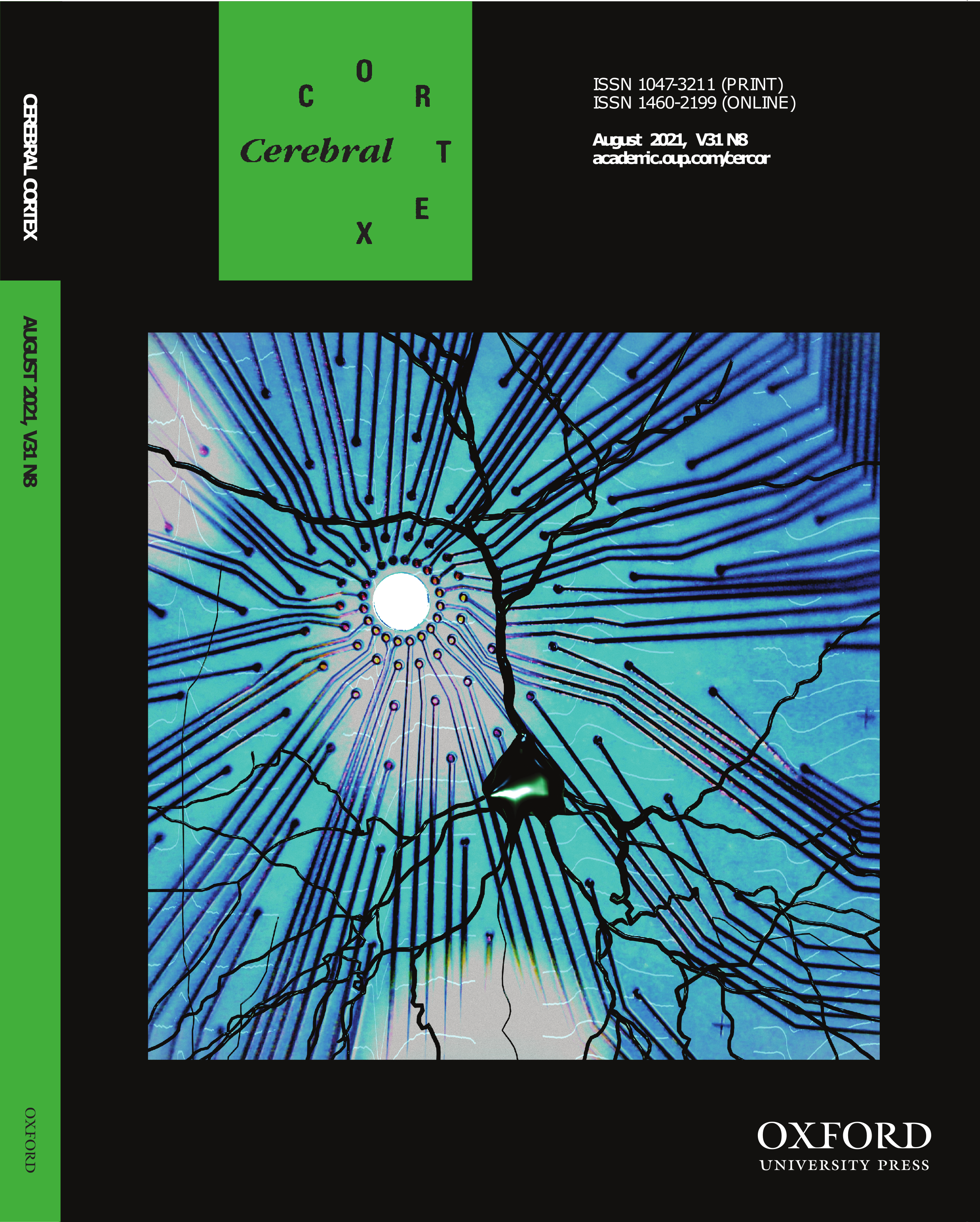How we monitor neural activity in the brain is shaped, and bounded, by decades of foundational neuroscience and engineering. In a large-scale collaborative effort spanning six hospitals, the group, lead by Angelique Paulk, used novel high-density microelectrodes to record a set of physiological events produced by the brain that have not been described before. These events could be seen across different recording systems, and species (from mice to humans) and these event waveforms change in frequency with auditory and electrical stimulation and with the application of specific medications. These unique unitary neural events on the surface of the human cortex could represent fine scale changes in activity from within the neural circuitry of the brain. In fact, we think that these events represent a window into how brain cells integrate information as well as interact with one another in the intact brain at an unprecedented temporal and spatial scale and resolution. We propose that further study of these events could have significant implications for understanding the brain as well as understanding pathologies such as tumors and epilepsy.

